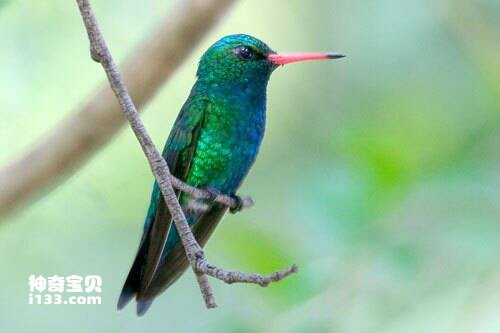
Chlorostilbon aureoventris
Chlorostilbon aureoventris,Glittering-bellied Emerald
The green hummingbird's scientific name is Chlorostilbon aureoventris an···
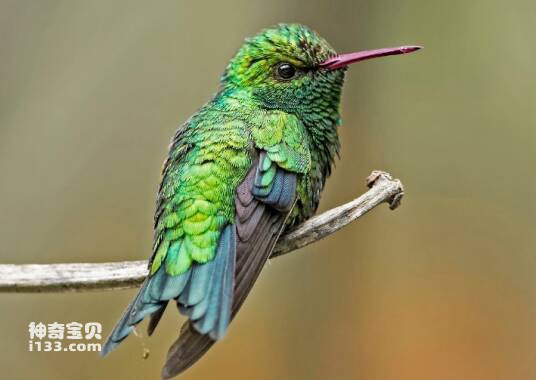
Chlorostilbon gibsoni
Chlorostilbon gibsoni,Red-billed Emerald
The specific habits of the Red-billed Emerald (Chlorostilbon gibsoni) are un···
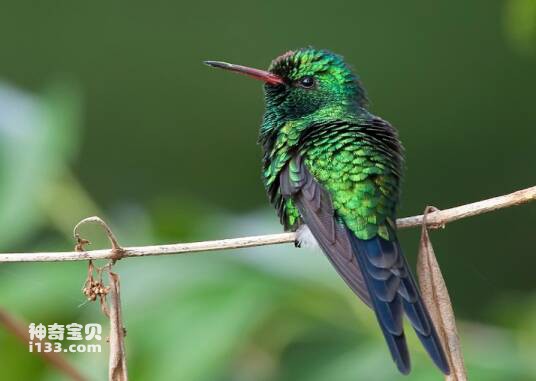
Cynanthus forficatus
Cynanthus forficatus,Cozumel Emerald
The specific habits of the Cozumel Emerald (Cynanthus forficatus) are unknow···
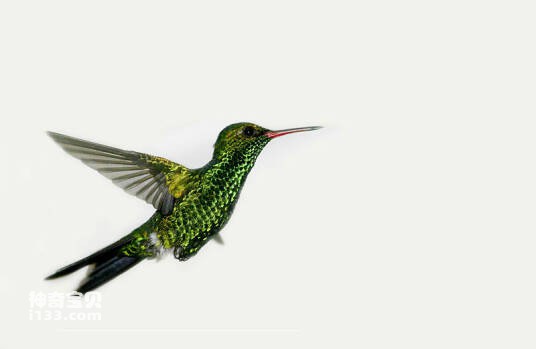
Chlorostilbon swainsonii
Chlorostilbon swainsonii,Hispaniolan Emerald
The bird is Chlorostilbon swainsonii and Hispaniolan Emerald, but its behavi···
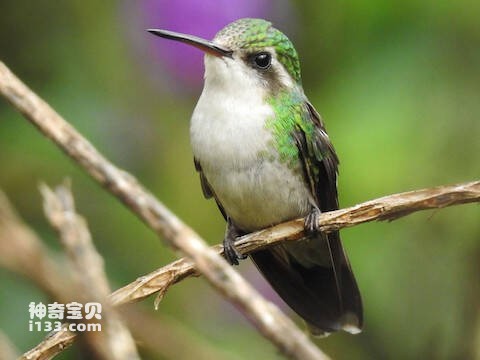
Cynanthus canivetii
Cynanthus canivetii,Canivet's Emerald
Green hummingbird (English name: Canivet' Emerald (Cynanthus canivetii) ···
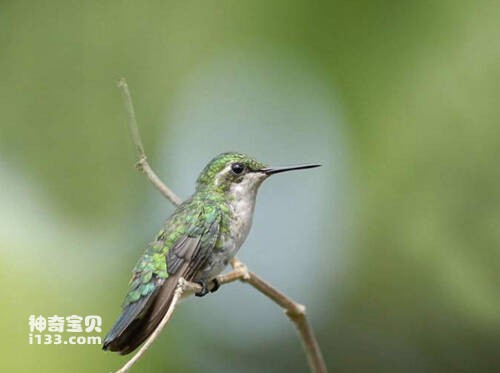
Chlorostilbon bracei
Chlorostilbon bracei,Brace's Emerald
Chlorostilbon bracei, foreign name Brace' s Emerald, whose specific habi···
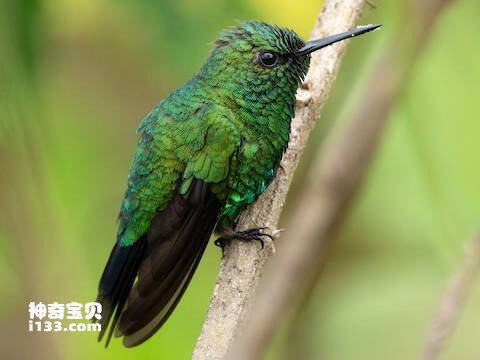
Chlorostilbon assimilis
Chlorostilbon assimilis,Garden Emerald
assimilis Garden Emerald (Chlorostilbon assimilis) The specific habits of th···
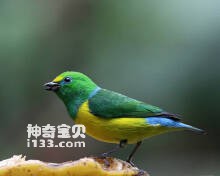
Chlorostilbon alice
Chlorostilbon alice,Green-tailed Emerald
The greentailed hummingbird is Chlorostilbon alice and Green-tailed Emerald.···
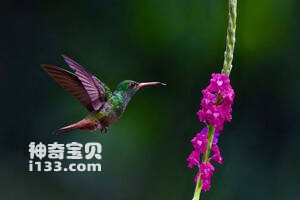
Chalybura urochrysia
Chalybura urochrysia,Bronze-tailed Plumeleteer
The species is known as Chalybura urochrysia and Bronze-tailed Plumeleteer.P···
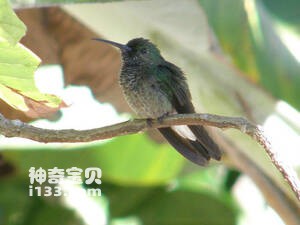
Chalybura buffonii
Chalybura buffonii,White-vented Plumeleteer
The white-bellied, brown-tailed hummingbird is known as Chalybura buffonii o···
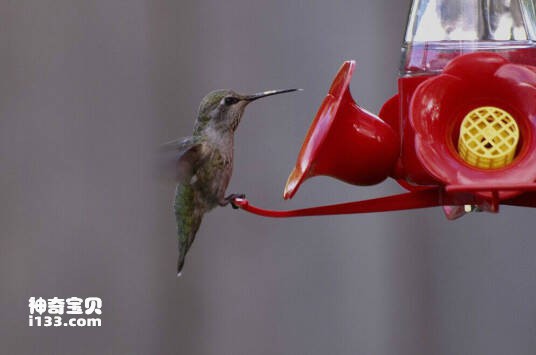
Chalcostigma stanleyi
Chalcostigma stanleyi,Blue-mantled Thornbill
The blue-backed sharp-billed hummingbird's scientific name is Chalcostig···
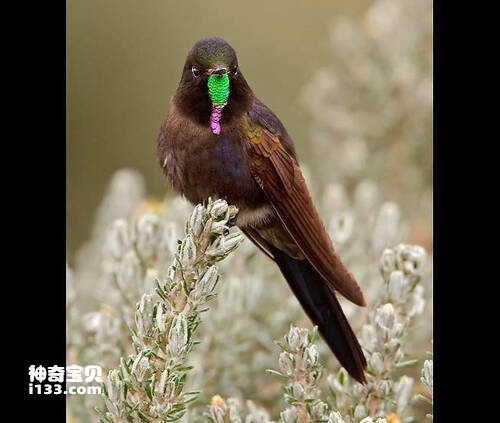
Chalcostigma ruficeps
Chalcostigma ruficeps,Rufous-capped Thornbill
The bird's scientific name is Chalcostigma ruficeps, and its foreign nam···
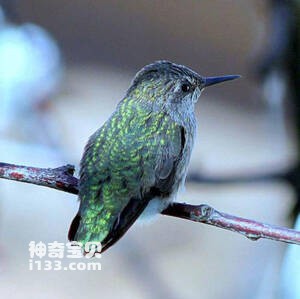
Chalcostigma olivaceum
Chalcostigma olivaceum,Olivaceous Thornbill
The bird's scientific name is Chalcostigma olivaceum and its foreign nam···

Chalcostigma heteropogon
Chalcostigma heteropogon,Bronze-tailed Thornbill
The copper-tailed hummingbird is known as Chalcostigma heteropogon and Bronz···
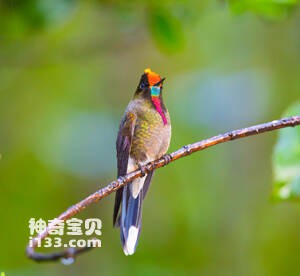
Chalcostigma herrani
Chalcostigma herrani,Rainbow-bearded Thornbill
The bearded hummingbird is known by its scientific name Chalcostigma herrani···
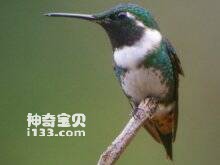
Chaetocercus mulsant
Chaetocercus mulsant,White-bellied Woodstar
The bird is known as Chaetocercus mulsant and White-bellied Woodstar.Protect···
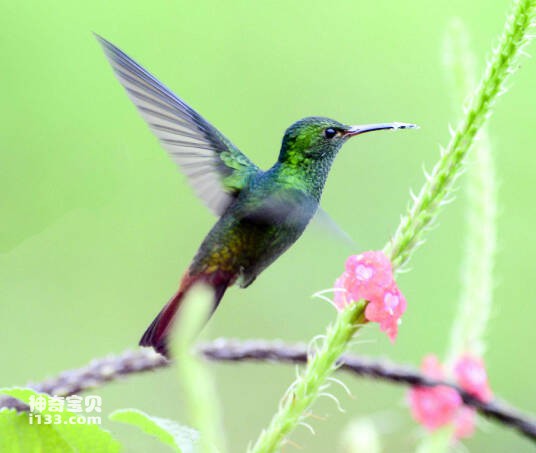
Chaetocercus jourdanii
Chaetocercus jourdanii,Rufous-shafted Woodstar
The bird is known as Chaetocercus jourdanii and Rufous-shafted Woodstar.Prot···

Chaetocercus heliodor
Chaetocercus heliodor,Gorgeted Woodstar
The bird's scientific name is Chaetocercus heliodor, and Gorgeted Woodst···
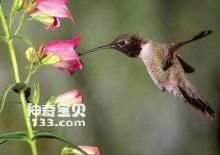
Chaetocercus bombus
Chaetocercus bombus,Little Woodstar
Kobayashi hummingbird Latin name Chaetocercus bombus, English name Little Wo···
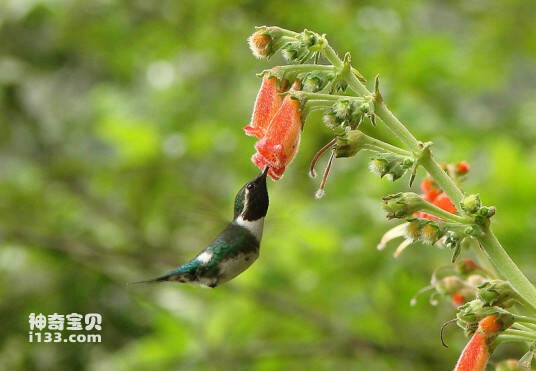
Chaetocercus berlepschi
Chaetocercus berlepschi,Esmeraldas Woodstar
The Esling hummingbird's scientific name is Chaetocercus berlepschi, and···
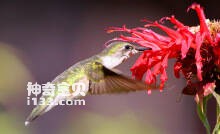
Chaetocercus astreans
Chaetocercus astreans,Santa Marta Woodstar
The SAN Marin hummingbird is known as Chaetocercus astreans or Santa Marta W···
